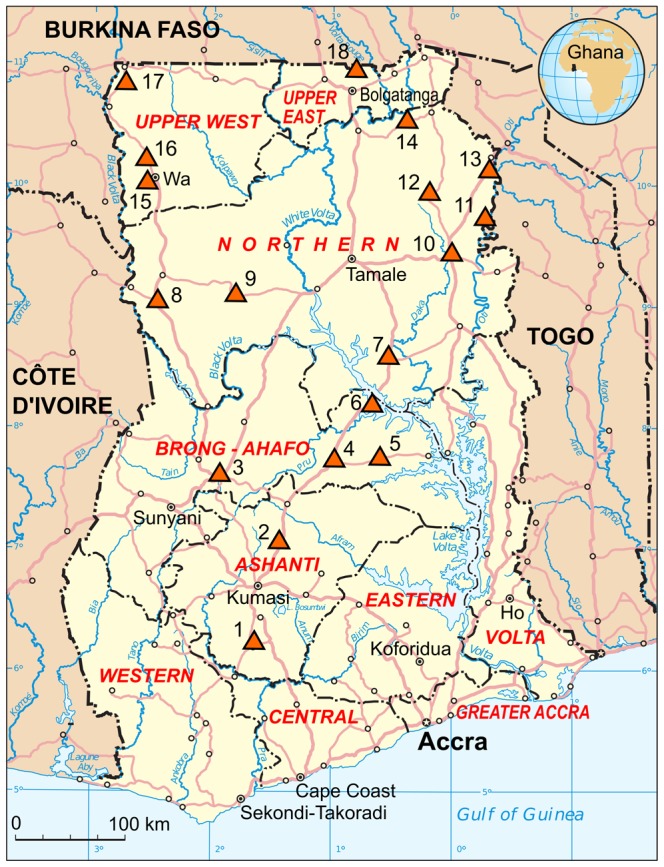Figure 1. Map of Ghana showing the study sites (triangles).

The names of the hospitals and regions (numbers of study participants in parentheses) are: 1. Obuasi District Hospital, Obuasi, Ashanti (n = 7). 2. Sekyere South Hospital, Sekyere South, Ashanti (n = 1). 3. Holy Family Hospital, Techiman, Brong-Ahafo (n = 5). 4. Atebubu District Hospital, Atebubu, Brong-Ahafo (n = 14). 5. Kwame Danso Health Center, Kwame Danso, Brong-Ahafo (n = 11). 6. Yeji Mathias Hospital, Yeji, Brong-Ahafo Region (n = 37). 7. Salaga Government Hospital, Salaga, Northern (n = 5). 8. Bole Health Center, Bole, Northern (n = 6). 9. West Gonja Hospital, Damongo, Northern (n = 35). 10. Yendi Municipal Hospital, Yendi, Northern (n = 6). 11. Saboba Medical Center, Saboba, Northern (n = 9). 12. Gushiegu District Hospital, Gushiegu, Northern (n = 31). 13. Chereponi Health Center, Chereponi, Northern (n = 1). 14. Nalerigu Baptist Hospital, Nalerigu, Northern (n = 12). 15. Wa Regional Hospital, Wa, Upper West (n = 2). 16. Kaleo Health Center, Kaleo, Upper West (n = 3). 17. Nandom St. Theresa's Hospital, Nandom, Upper West (n = 72). 18. Bongo Hospital, Bongo, Upper East (n = 1). Damango in the Northern region was included due to its proximity to Mole, the largest National Park in the country harboring a wide range of wildlife. Catholic mission hospitals serve Damango, Techiman, and Nandom, while Nalerigu and Kaleo have Baptist and Ahmadian mission hospitals, respectively. The other sites are government hospitals or health posts. Most of the areas are characterized by prolonged dry season and a short rainy season. The vegetation in the north is typical Sahel savannah with short trees including baobab, Shea butter trees, and long grass. Majority of the inhabitants in the Northern and the Upper West and East regions are subsistence farmers who grow maize cashew, millet, and groundnut and keep livestock. The three regions in the north are the poorest of the country. The Brong-Ahafo and Ashanti regions, however, are in the forest zone and major cocoa and timber producing areas. Most of the people live in multi-family compounds of dispersed settlements. The houses built largely of mud with either thatched, mud or iron roofing are common in most villages and towns in Northern Ghana. The map is based on a UN map. Source: UN Cartographic Section (http://www.un.org/Depts/Cartographic/english/about.htm).
